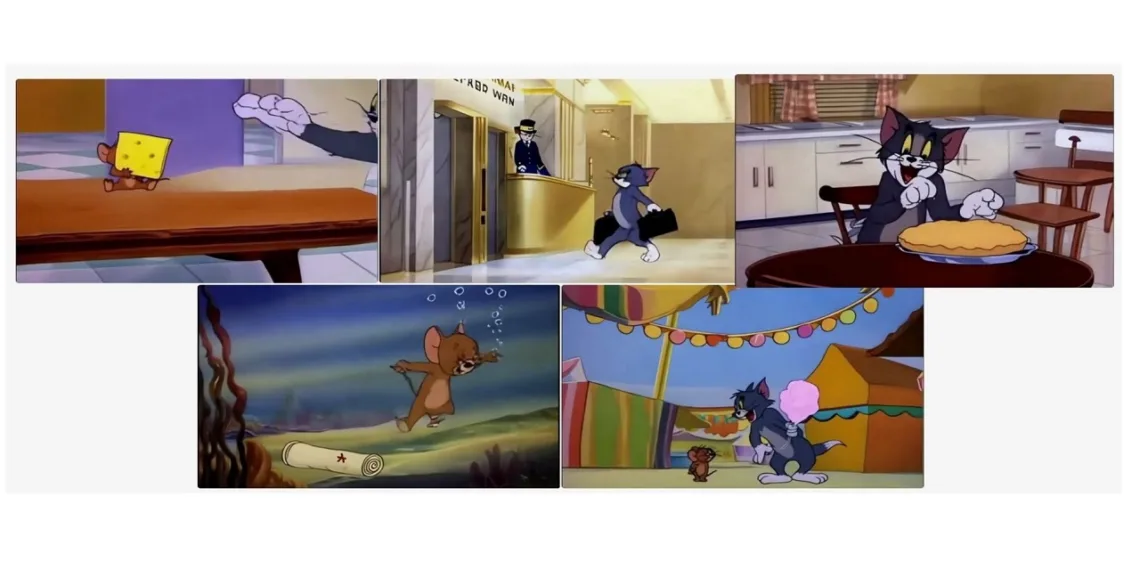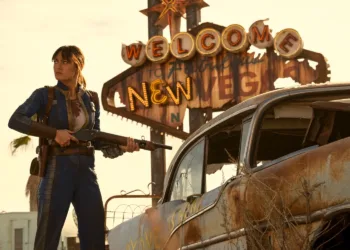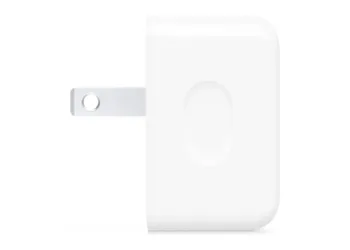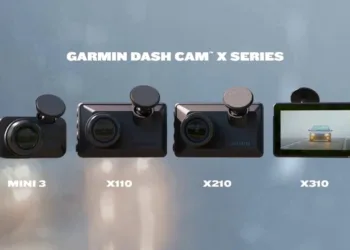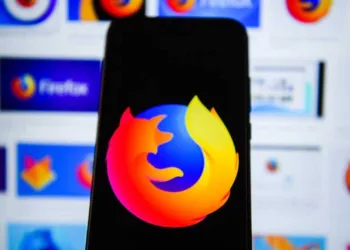In a world where artificial intelligence continues to push the boundaries of creativity, a beloved cartoon duo has found themselves at the center of a heated debate. Tom and Jerry, the iconic cat and mouse team that has entertained generations for over 80 years, have made their debut in the realm of AI-generated content. This groundbreaking one-minute episode, created using the advanced TTT-MLP tool developed by Stanford and NVIDIA, has set the internet ablaze with discussions about the future of animation, the role of human creativity, and the potential implications for the industry as a whole.
As we delve into this fascinating development, we’ll explore the technology behind the AI-generated episode, examine the diverse reactions from fans and critics alike, and consider the broader implications for the world of animation. Join us on this journey as we unpack the controversy, celebrate the innovation, and ponder the question on everyone’s minds: Is this the dawn of a new era in animation, or a step too far into the realm of soulless imitation?
Table of Contents
The Birth of AI Tom and Jerry: A Technological Marvel
In the bustling world of artificial intelligence, few developments have captured the public imagination quite like the recent AI-generated Tom and Jerry episode. Created using TTT-MLP, a cutting-edge AI tool born from the collaborative efforts of Stanford University and NVIDIA, this one-minute clip represents a significant leap forward in the capabilities of AI in animation.
The episode transports our beloved characters into a modern setting – a New York City office, to be precise. We see Tom, ever the professional, arriving at work, taking the elevator, and settling into his desk. But true to form, chaos isn’t far behind. Jerry, the mischievous mouse, damages a wire, setting off the classic chase that fans have cherished for decades.
What sets this creation apart is the AI’s ability to generate dynamic, multi-scene adventures based on simple text prompts. This technology opens up a world of possibilities, allowing for rapid creation of animated content with minimal human input. It’s a testament to how far AI has come and a glimpse into the potential future of content creation.
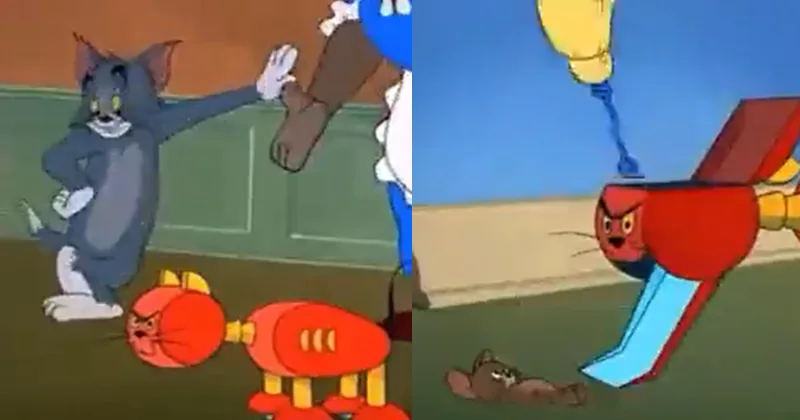
A Tale of Two Reactions: Innovation vs. Tradition
As with any groundbreaking development, the AI-generated Tom and Jerry episode has elicited a wide range of reactions from viewers across the globe. The internet, true to form, has become a battleground of opinions, with passionate arguments on both sides of the debate.
On one side, we have those who marvel at the technological achievement. These viewers praise the AI’s ability to capture the essence of Tom and Jerry’s slapstick humor and translate it into a modern setting. They see this as a exciting step forward in animation technology, one that could open doors to new forms of storytelling and content creation.
However, the other side of the debate is equally vocal. Many longtime fans and animation purists have expressed concerns about the “soulless” nature of the AI-generated content. One commenter didn’t mince words, stating, “Its shitty. I wish this tech doesn’t develop further. The animation artists are the best, and they add soul to the story.” This sentiment echoes a broader concern about the potential loss of the human touch in animation.
The Artist’s Dilemma: Creativity in the Age of AI
Perhaps the most pressing concern raised by this development is its potential impact on human animators and artists. The animation industry has long been a bastion of human creativity, with skilled artists pouring their hearts and souls into every frame. The advent of AI-generated content raises questions about the future role of these artists in the industry.
Critics argue that AI-generated animations lack the nuance, emotion, and storytelling finesse that human artists bring to their work. As one user pointed out, “Sure the animation is fine i guess if you like stolen art, but either the prompt was vague or there was no storyline given, because this makes no sense theres no conflict theres no funny hijinx its just tom and jerry working at an office for some reason. the original animations (which i believe actually were only around 5 mins or less) actually manage to convey a story and have a few funny moments before ending.”
This critique highlights a crucial point – while AI can mimic the visual style of Tom and Jerry, it may struggle to capture the essence of what makes these characters and their adventures so beloved. The charm of Tom and Jerry lies not just in their appearance, but in the clever storytelling, perfect timing, and emotional resonance that human creators have imbued them with over the years.
The Future of Animation: A Collaborative Approach?
As we stand at this crossroads of technology and tradition, it’s worth considering whether the future of animation might lie in a collaborative approach. Could we see a world where AI tools augment the work of human animators, rather than replacing them entirely?
Imagine a scenario where AI handles the time-consuming task of in-betweening (creating intermediate frames between key animations), freeing up human artists to focus on storytelling, character design, and adding those crucial emotional touches that bring animations to life. This symbiotic relationship between human creativity and AI efficiency could potentially lead to a new golden age of animation, where quantity and quality coexist harmoniously.
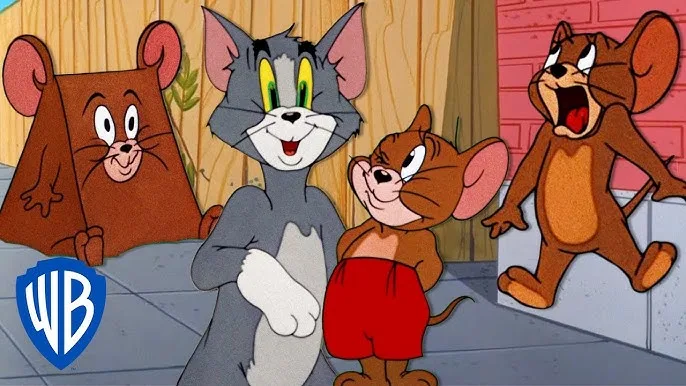
Preserving the Legacy: Where to Watch Classic Tom and Jerry
For those who prefer their Tom and Jerry in its original, hand-drawn glory, fear not. The classic episodes that have delighted audiences for generations are still widely available. Fans can stream Tom and Jerry on popular platforms like HBO Max, Disney+, Amazon Prime Video, and YouTube, which offer a mix of classic episodes, newer specials, and films.
For the true collectors and nostalgia enthusiasts, DVD sets of the iconic series are also readily available, allowing you to own a piece of animation history.
Tom and Jerry Through the Ages: A Comparison
| Era | Animation Style | Key Features | Fan Reception |
|---|---|---|---|
| Classic (1940-1958) | Hand-drawn | Slapstick humor, minimal dialogue | Beloved, considered the golden age |
| Revival (1960s-1980s) | Hand-drawn, some limited animation | More dialogue, varied settings | Mixed, some prefer original style |
| Modern (1990s-2020s) | Digital 2D animation | Updated designs, longer storylines | Generally positive, appeals to new generation |
| AI-Generated (2025) | AI-created using TTT-MLP | Modern setting, text-prompt based | Controversial, debate over authenticity |
As we witness this collision of beloved childhood nostalgia with cutting-edge technology, one thing is clear – the world of animation is evolving. Whether this AI-generated Tom and Jerry episode represents the future of the industry or merely a fascinating experiment remains to be seen. What’s certain is that it has sparked a crucial conversation about the role of technology in art, the value of human creativity, and the future of storytelling in the digital age.
As we move forward, it will be fascinating to see how animators, technologists, and fans navigate this new landscape. Will AI become a tool that enhances human creativity, or will it pose a threat to traditional animation? Only time will tell. But one thing is for sure – Tom and Jerry, in whatever form they take, will continue to captivate audiences and spark joy for generations to come.
Grok 3 Unleashed: Create Stunning Ghibli-Style AI Portraits for Free – No ChatGPT Needed!
Frequently Asked Questions
Q1: Does the AI-generated Tom and Jerry episode mean the end of traditional animation?
A: While the AI-generated episode has certainly sparked debate, it’s unlikely to spell the end of traditional animation. Many viewers and industry professionals still value the unique qualities that human animators bring to their work. Instead, we may see AI tools being integrated into the animation process to enhance efficiency and open up new creative possibilities, rather than replacing human artists entirely.
Q2: How does the AI tool create animations from text prompts?
A: The TTT-MLP tool, developed by Stanford and NVIDIA, uses advanced machine learning algorithms to interpret text prompts and generate corresponding animations. It has been trained on vast amounts of visual data, allowing it to understand and recreate complex scenes and character interactions. However, the exact workings of the AI are proprietary and not fully disclosed to the public.

